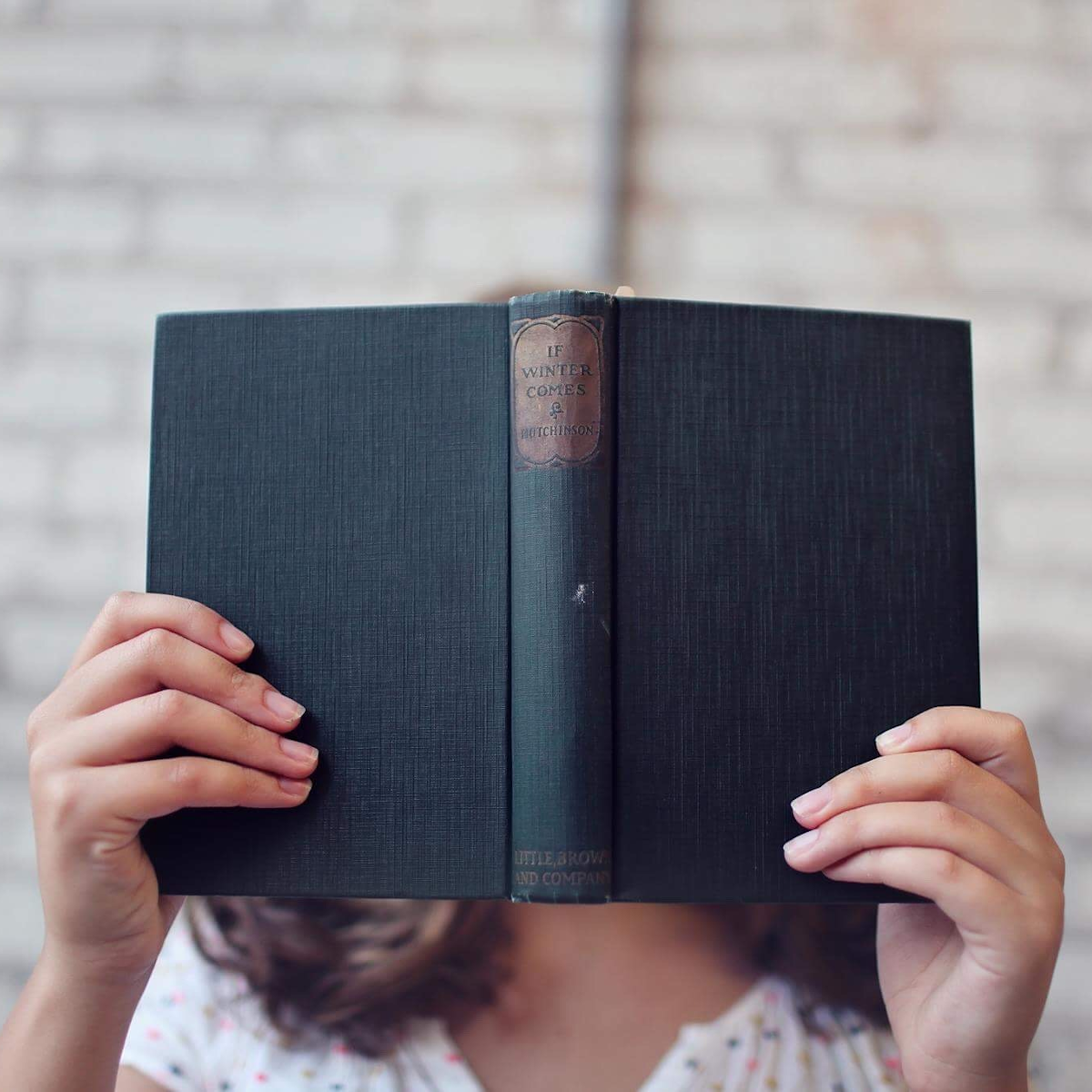Back to Courses









Probability And Statistics Courses - Page 6
Showing results 51-60 of 133

Statistics For Data Science
This is a hands-on project to give you an overview of how to use statistics in data science.

Power and Sample Size for Multilevel and Longitudinal Study Designs
Power and Sample Size for Longitudinal and Multilevel Study Designs, a five-week, fully online course covers innovative, research-based power and sample size methods, and software for multilevel and longitudinal studies. The power and sample size methods and software taught in this course can be used for any health-related, or more generally, social science-related (e.g., educational research) application. All examples in the course videos are from real-world studies on behavioral and social science employing multilevel and longitudinal designs. The course philosophy is to focus on the conceptual knowledge to conduct power and sample size methods. The goal of the course is to teach and disseminate methods for accurate sample size choice, and ultimately, the creation of a power/sample size analysis for a relevant research study in your professional context.
Power and sample size selection is one of the most important ethical questions researchers face. Interventional studies that are too large expose human volunteer research participants to possible, and needless, harm from research. Interventional studies that are too small will fail to reach their scientific objective, again bringing possible harm to research participants, without the possibility of concomitant gain from the increase in knowledge. For observational studies in which there are no possible harms to the participants, such as observational studies, proper power ensures good stewardship of both time and money.
Most National Institutes of Health (NIH) study sections will only fund a grant if the grantee has written a compelling and accurate power and sample size analysis. The Institute of Education Sciences (IES), the statistics, research, and evaluation arm of the U.S. Department of Education, also offers competitive grants requiring a compelling and accurate power and sample size analysis (Goal 3: Efficacy and Replication and Goal 4: Effectiveness/Scale-Up).
At the end of the online course, learners will be able to:
• Use a framework and strategy for study planning
• Write study aims as testable hypotheses
• Describe a longitudinal and multilevel study design
• Write a statistical analysis plan
• Plan a sampling design for subgroups, e.g. racial and ethnic
• Demonstrate the feasibility of recruitment
• Describe expected missing data and dropout
• Write a power and sample size analysis that is aligned with the planned statistical analysis
This is a five-week intensive and interactive online course. We will use a mix of instructional videos, software demonstration videos, online readings, quizzes, and exercise assignments. The final course project is a peer-reviewed research study you design for future power or sample size analysis.

Using ggplot
In this project, you will learn about using ggplot, specifically ggplot2 (the latest version of ggplot). This program is a plotting package for the programming language R. R is a computer programming language, and it is also an open-source software often used among data scientists, statisticians, and data miners in their everyday work with data sets. The gg in ggplot2 means Grammar of Graphics, a graphic concept which describes plots by using a “grammar.”
Note: This course works best for learners who are based in the North America region. We’re currently working on providing the same experience in other regions.

Multiple Regression Analysis in Public Health
Biostatistics is the application of statistical reasoning to the life sciences, and it's the key to unlocking the data gathered by researchers and the evidence presented in the scientific public health literature. In this course, you'll extend simple regression to the prediction of a single outcome of interest on the basis of multiple variables. Along the way, you'll be introduced to a variety of methods, and you'll practice interpreting data and performing calculations on real data from published studies. Topics include multiple logistic regression, the Spline approach, confidence intervals, p-values, multiple Cox regression, adjustment, and effect modification.

Introduction to Predictive Modeling
Welcome to Introduction to Predictive Modeling, the first course in the University of Minnesota’s Analytics for Decision Making specialization.
This course will introduce to you the concepts, processes, and applications of predictive modeling, with a focus on linear regression and time series forecasting models and their practical use in Microsoft Excel. By the end of the course, you will be able to:
- Understand the concepts, processes, and applications of predictive modeling.
- Understand the structure of and intuition behind linear regression models.
- Be able to fit simple and multiple linear regression models to data, interpret the results, evaluate the goodness of fit, and use fitted models to make predictions.
- Understand the problem of overfitting and underfitting and be able to conduct simple model selection.
- Understand the concepts, processes, and applications of time series forecasting as a special type of predictive modeling.
- Be able to fit several time-series-forecasting models (e.g., exponential smoothing and Holt-Winter’s method) in Excel, evaluate the goodness of fit, and use fitted models to make forecasts.
- Understand different types of data and how they may be used in predictive models.
- Use Excel to prepare data for predictive modeling, including exploring data patterns, transforming data, and dealing with missing values.
This is an introductory course to predictive modeling. The course provides a combination of conceptual and hands-on learning. During the course, we will provide you opportunities to practice predictive modeling techniques on real-world datasets using Excel.
To succeed in this course, you should know basic math (the concept of functions, variables, and basic math notations such as summation and indices) and basic statistics (correlation, sample mean, standard deviation, and variance). This course does not require a background in programming, but you should be familiar with basic Excel operations (e.g., basic formulas and charting). For the best experience, you should have a recent version of Microsoft Excel installed on your computer (e.g., Excel 2013, 2016, 2019, or Office 365).

Statistical Inference for Estimation in Data Science
This course introduces statistical inference, sampling distributions, and confidence intervals. Students will learn how to define and construct good estimators, method of moments estimation, maximum likelihood estimation, and methods of constructing confidence intervals that will extend to more general settings.
This course can be taken for academic credit as part of CU Boulder’s Master of Science in Data Science (MS-DS) degree offered on the Coursera platform. The MS-DS is an interdisciplinary degree that brings together faculty from CU Boulder’s departments of Applied Mathematics, Computer Science, Information Science, and others. With performance-based admissions and no application process, the MS-DS is ideal for individuals with a broad range of undergraduate education and/or professional experience in computer science, information science, mathematics, and statistics. Learn more about the MS-DS program at https://www.coursera.org/degrees/master-of-science-data-science-boulder.
Logo adapted from photo by Christopher Burns on Unsplash.

Bayesian Statistics
This course describes Bayesian statistics, in which one's inferences about parameters or hypotheses are updated as evidence accumulates. You will learn to use Bayes’ rule to transform prior probabilities into posterior probabilities, and be introduced to the underlying theory and perspective of the Bayesian paradigm. The course will apply Bayesian methods to several practical problems, to show end-to-end Bayesian analyses that move from framing the question to building models to eliciting prior probabilities to implementing in R (free statistical software) the final posterior distribution. Additionally, the course will introduce credible regions, Bayesian comparisons of means and proportions, Bayesian regression and inference using multiple models, and discussion of Bayesian prediction.
We assume learners in this course have background knowledge equivalent to what is covered in the earlier three courses in this specialization: "Introduction to Probability and Data," "Inferential Statistics," and "Linear Regression and Modeling."
Text Generation with Markov Chains in Python
In this project-based course, you will learn about Markov chains and use them to build a probabilistic model of an entire book’s text. This will be done from first principles, without libraries.
Markov chains are a simple but fundamental approach to modeling stochastic processes, with many practical applications. By the end of this project, you will have generated a random new text based on the book you modeled, using code you wrote in Python.

Data Studio: Qwik Start
This is a self-paced lab that takes place in the Google Cloud console.
Data Studio lets you create dynamic, visually compelling reports and dashboards. Watch the short video <A HREF="https://youtu.be/eSY6daAlk5k">Data Studio: Qwik Start - Qwiklabs Preview</A>.

Investment Risk Management
By the end of the project, you will learn how to quantify risk-to-reward using Treynor Ratio, and calculate the value at risk for investment portfolio.
ATTENTION: To take this course, it is required that you are familiar basic financial risk management concepts. You can gain them by taking the guided project Compare Stock Returns with Google Sheets.
Note: This course works best for learners who are based in the North America region. We're currently working on providing the same experience in other regions.
This course's content is not intended to be investment advice and does not constitute an offer to perform any operations in the regulated or unregulated financial market
Popular Internships and Jobs by Categories
Find Jobs & Internships
Browse
© 2024 BoostGrad | All rights reserved